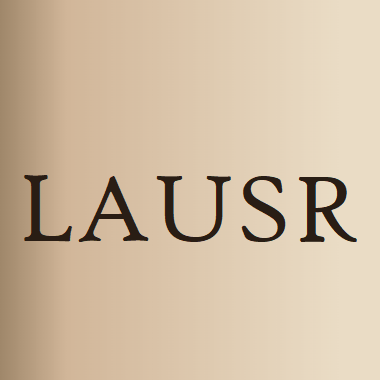
INTRODUCTION Seromas refer to collections of fluid secreted into the so-called dead spaces when extensive dissection takes place. Various methods of preventing seroma have been reported in the literature but… Click to show full abstract
INTRODUCTION Seromas refer to collections of fluid secreted into the so-called dead spaces when extensive dissection takes place. Various methods of preventing seroma have been reported in the literature but their outcomes are far from spectacular. AIM To verify the expected benefit on usage of IHSI (intra-operative hypertonic saline irrigation) in aspect of decreasing subcutaneous fluid secretion and decreased hospital stay in patients undergoing various abdominal wall reconstruction procedures. MATERIAL AND METHODS We conducted a cohort study of total 64 patients treated by two techniques and divided into 2 groups. In the first group (SUBLAY), we assessed patients undergoing abdominal wall reconstruction with the positioning mesh underneath the rectus muscles. Group was divided into two subgroups: control and experimental. In second group (ONLAY), we analysed patients who had undergone reconstruction procedure combined with abdominoplasty and placement of a mesh between the subcutaneous tissue and the fascia. Intervention consisted in administration of 20 mL of 10% hypertonic saline into subcutaneous tissue 10 min before definitive wound closure. RESULTS Mean drain output, starting from day 2 post-op, was significantly lower in the experimental subgroups of the ONLAY and SUBLAY compared to the respective control subgroups. This had a beneficial effect on shortening the time to drainage removal. CONCLUSIONS In the short-term results, we demonstrated that intraoperative hypertonic saline irrigation significantly decreased the amount of the drained fluid and shortened the hospital stay. Further multicentre studies in larger groups of patients are needed.
Journal Title: ANZ journal of surgery
Year Published: 2023
Link to full text (if available)
Share on Social Media: Sign Up to like & get
recommendations!